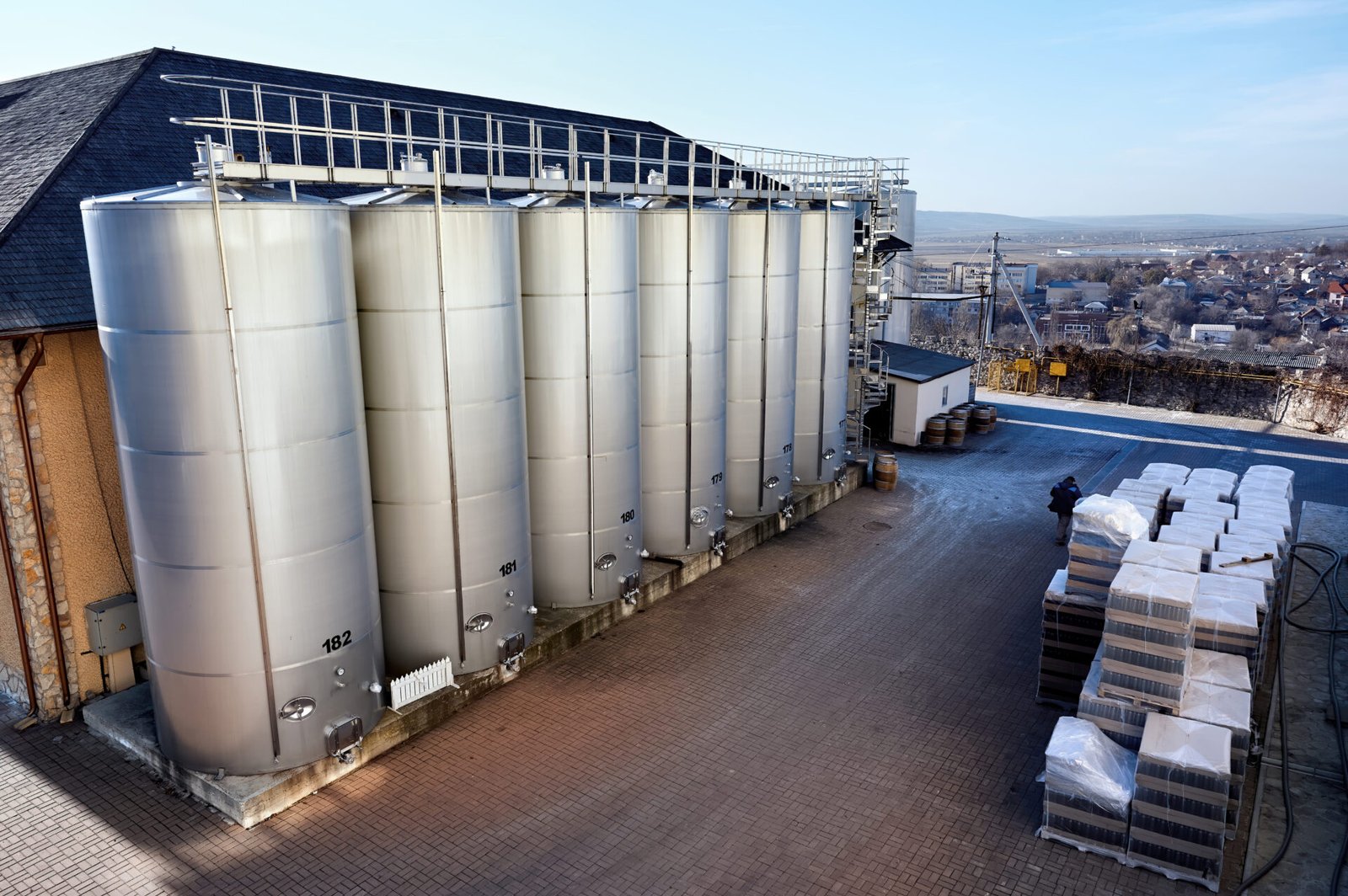Liquid oxygen (LOX) plays a vital role in the field of anesthesia, ensuring the safety and success of surgical procedures. This content will explore the use of LOX in anesthesia, its properties, and its significance in maintaining patient well-being during surgery.
I. Properties of Liquid Oxygen:
– Liquid oxygen is a cryogenic liquid, which means it is extremely cold, typically maintained at temperatures below -183 degrees Celsius (-297 degrees Fahrenheit).
– It is pale blue in color and has a high oxygen concentration.
– LOX is stored in insulated containers to keep it in liquid form.
II. Importance in Anesthesia:
A. Oxygen Supply:
– LOX is used as a source of medical oxygen during anesthesia.
– It ensures a constant and high-quality supply of oxygen to the patient, vital for breathing and tissue oxygenation.
– The high oxygen concentration in LOX is essential for patient safety.
B. Ventilation:
– Anesthesia often requires controlled ventilation of the patient.
– LOX provides the oxygen needed for mechanical ventilators to deliver the desired oxygen concentration to the patient’s lungs.
C. Cryogenic Cooling:
– LOX is used in some specialized anesthesia equipment for cooling and cryotherapy applications.
– It can be applied to specific areas of the body to induce localized cooling, reducing pain and inflammation during certain procedures.
III. Safety Considerations:
– Handling LOX requires specialized equipment and precautions due to its extreme cold temperatures.
– Proper storage and maintenance of LOX containers are crucial to prevent accidents.
– Care must be taken to avoid flammable materials and contamination when using LOX.
Conclusion:
Liquid oxygen (LOX) is a fundamental component of modern anesthesia practice. Its properties, including extreme cold and high oxygen concentration, make it invaluable for ensuring patient safety and successful surgical outcomes. Anesthesiologists and healthcare providers must be well-trained in the safe handling and utilization of LOX to provide the best care for their patients.

